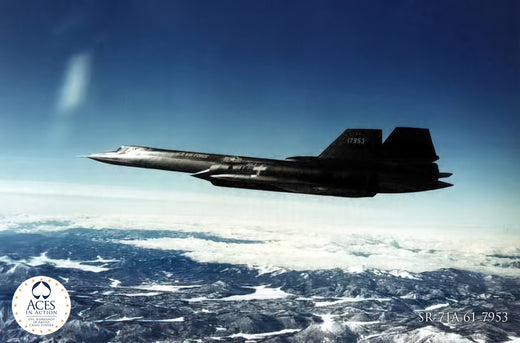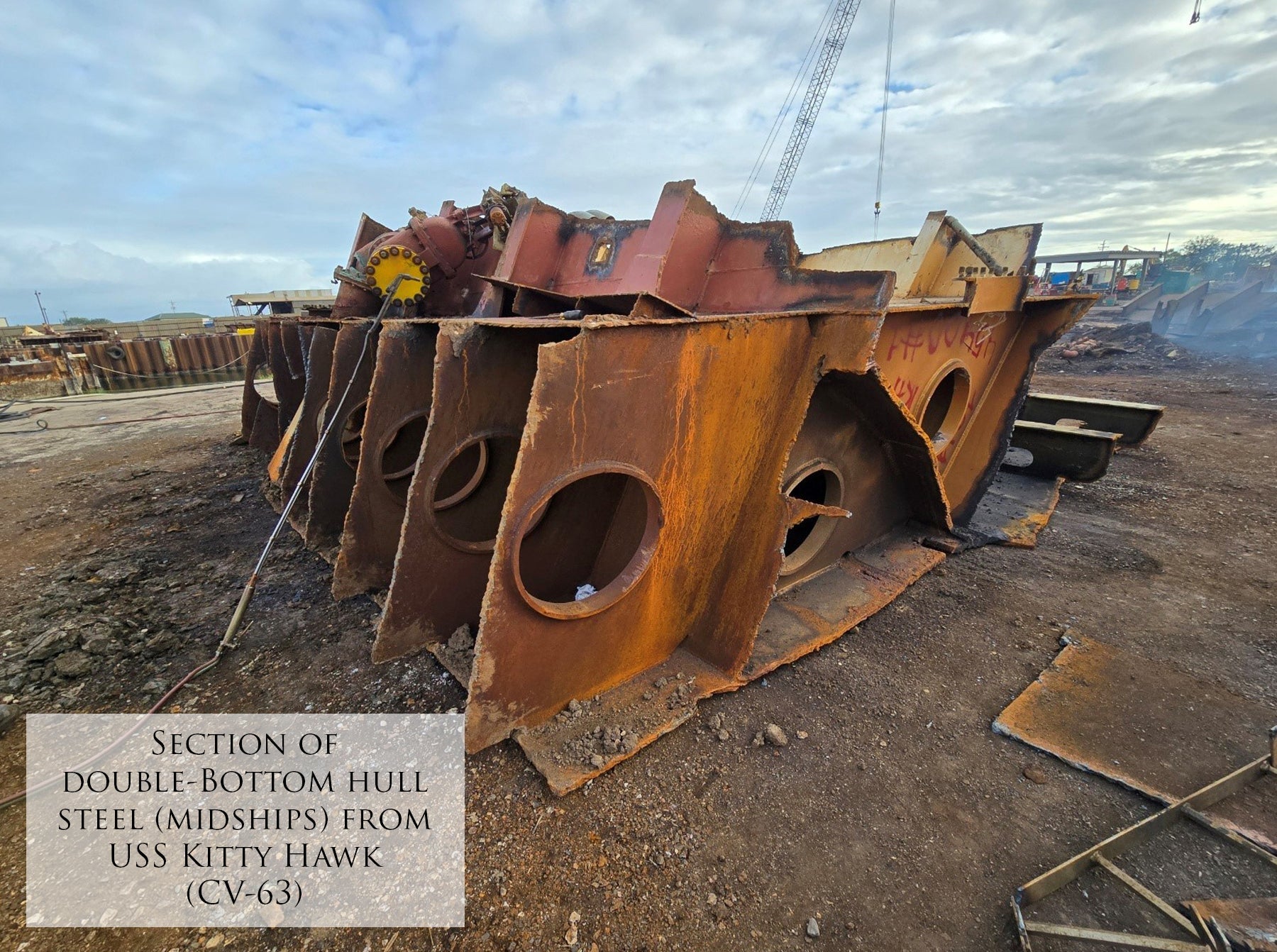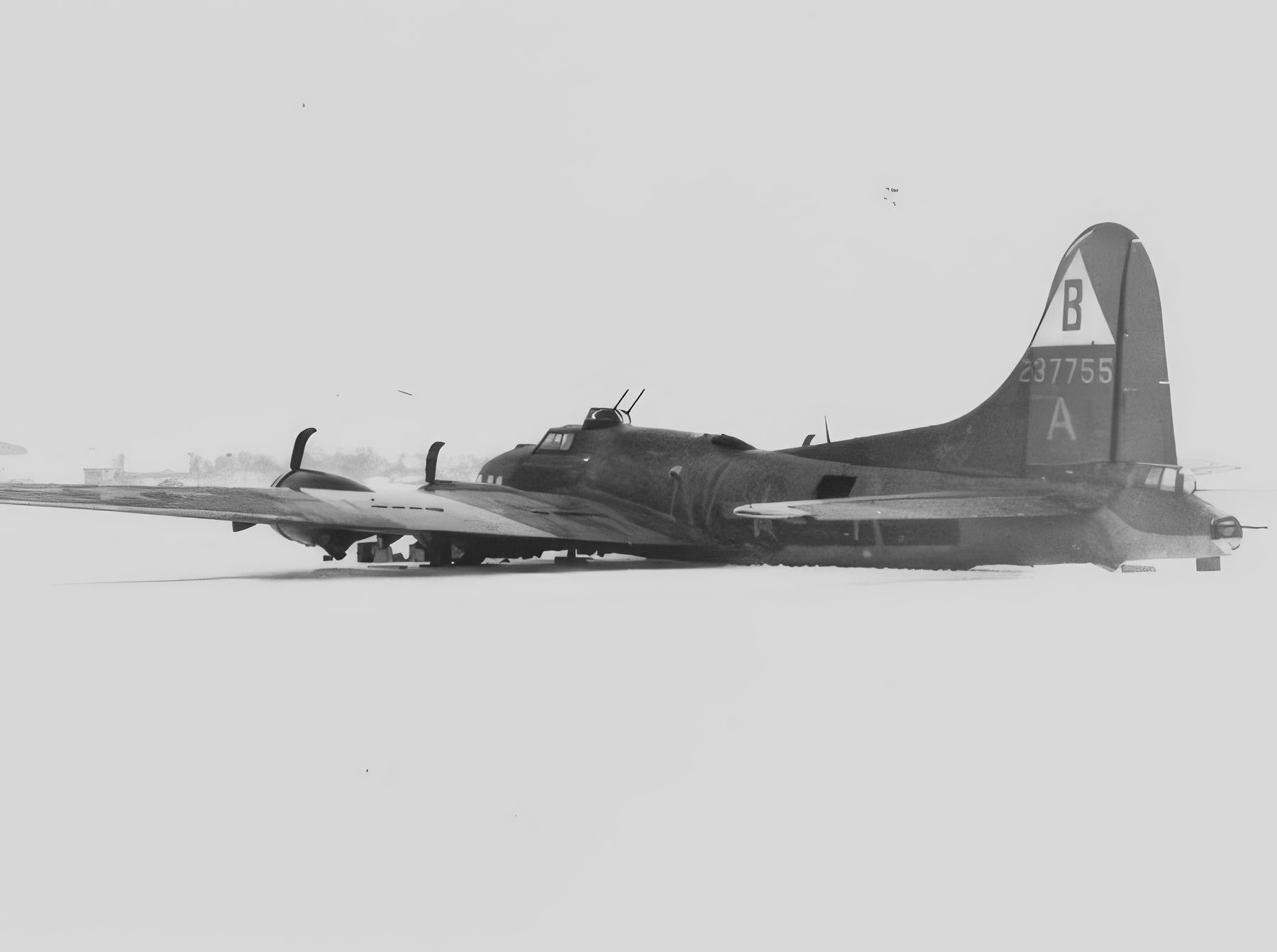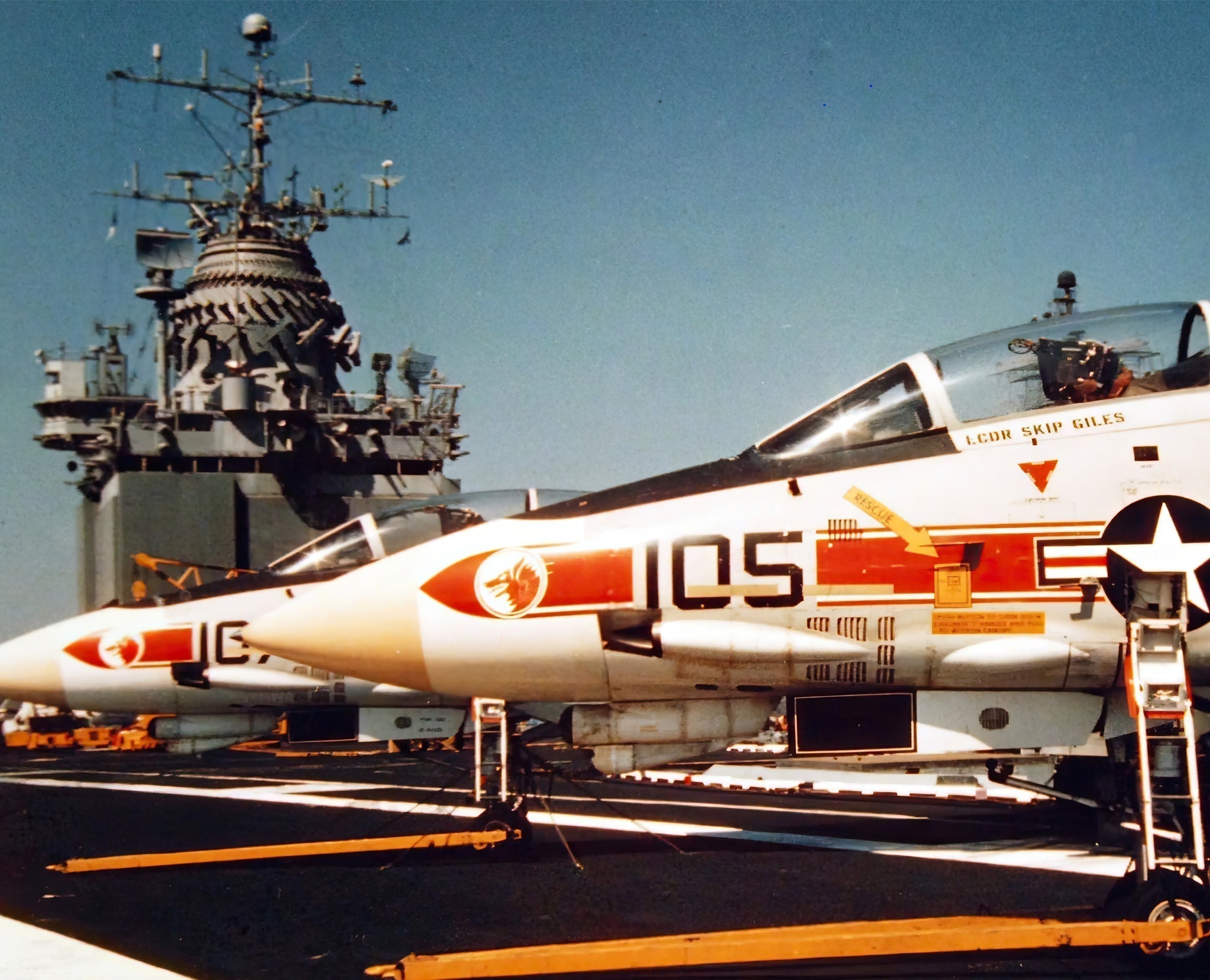This Fine Art Print by Artist Craig Tinder illustrates the final flight of SR-71A "Habu" 61-7953. This Limited Edition Canvas Print includes an actual fragment from the aircraft where it settled in Death Valley, California.
Details About the RELIC:
This relic from SR-71A #61-7953 was recovered on December 14, 2000, by aviation archaeologist R. Hill near the confluence of two dirt trails in Death Valley, California. After the aircraft's crash on December 18, 1969, the U.S. Air Force spent three weeks combing the area, collecting the larger pieces of wreckage and leaving behind only small fragments. This particular relic, a remnant of one of the most advanced reconnaissance aircraft of its time, was one of the few pieces that remained undisturbed in the desert for over 30 years.
 Airframe relics from the SR-71 included in the "Mach 3.2" limited edition prints
Airframe relics from the SR-71 included in the "Mach 3.2" limited edition prints
Unlike many other aviation artifacts, this relic has never been in collector’s circulation and was acquired directly from the recovery site. It serves as a rare and tangible connection to the SR-71A #61-7953, an aircraft that embodied cutting-edge technology and speed, yet met a mysterious end during a routine test flight. These fragments offer a glimpse into the legacy of the Blackbird program and the dangers faced by the elite pilots who pushed the boundaries of flight during the Cold War.
 Many of the Titanium relics exhibit Thermochromism effects in their color as a result from the intense fire in the desert
Many of the Titanium relics exhibit Thermochromism effects in their color as a result from the intense fire in the desert
The Story Behind the Print:
Built on June 4, 1965, SR-71A Blackbird #61-7953 was one of the original six test aircraft produced as part of the U.S. Air Force’s top-secret reconnaissance program. Known for its unmatched speed and stealth capabilities, the SR-71 could fly at altitudes over 80,000 feet and travel at speeds exceeding Mach 3. This aircraft logged 290.2 flight hours, contributing significantly to testing and operations before its final, fateful mission on December 18, 1969. On that day, #61-7953 was assigned to conduct both equipment testing and a training sortie after weeks of extensive modifications to install a new ECM (Electronic Countermeasures) suite.
 SR-71A Blackbird Serial #61-7953 in flight - USAF Photo
SR-71A Blackbird Serial #61-7953 in flight - USAF Photo
On this routine sortie, the SR-71 was piloted by Lt. Col. Joe Rogers, with Lt. Col. Gary Heldebaugh serving as the Reconnaissance Systems Officer (RSO). Both were experienced airmen with deep familiarity with the Blackbird's cutting-edge technology. After completing an air refueling maneuver, the aircraft transitioned to supersonic flight over the Pacific Ocean. During this phase, Heldebaugh began to hear strange, unidentified noises. Initially, the crew took no immediate action, continuing the mission as planned. However, the sounds persisted as the aircraft crossed over into Death Valley, California.
Moments later, the situation escalated dramatically. The aircraft suffered a sudden explosion, followed by a catastrophic loss of power and control. Both Rogers and Heldebaugh found themselves in a dire situation, with the aircraft rapidly descending and experiencing severe control difficulties. Realizing that recovery of the aircraft was impossible, Lt. Col. Rogers gave the order to eject. Both crew members safely ejected, parachuting down into the remote desert landscape, while the Blackbird plummeted towards the ground below.
 December 1969 Crash Site - USAF Photo
December 1969 Crash Site - USAF Photo
SR-71A #61-7953 crashed into the desert near the town of Shoshone, California, located in Death Valley. The exact cause of the in-flight explosion remains a mystery, despite extensive post-crash investigations. While some speculated that the newly installed ECM suite may have played a role, the U.S. Air Force classified the crash reports as "top secret," and the true cause has never been publicly disclosed. This incident marked the fourth and final loss of the original six test SR-71 aircraft, a sobering reminder of the risks involved in pushing the boundaries of aviation technology.
Learn more about Why the U2 Spy Plane’s Design Makes it Difficult to Fly? From High Altitudes to Ground Realities Click Here
To purchase or see similar items, visit here.
Commissioned by Museums, Treasured by Collectors





Share:
Spitfire, Stuka, and Mitchell Relic Plaques NOW Available!
Gunship Heroes, the story behind "Centaur Cobras"